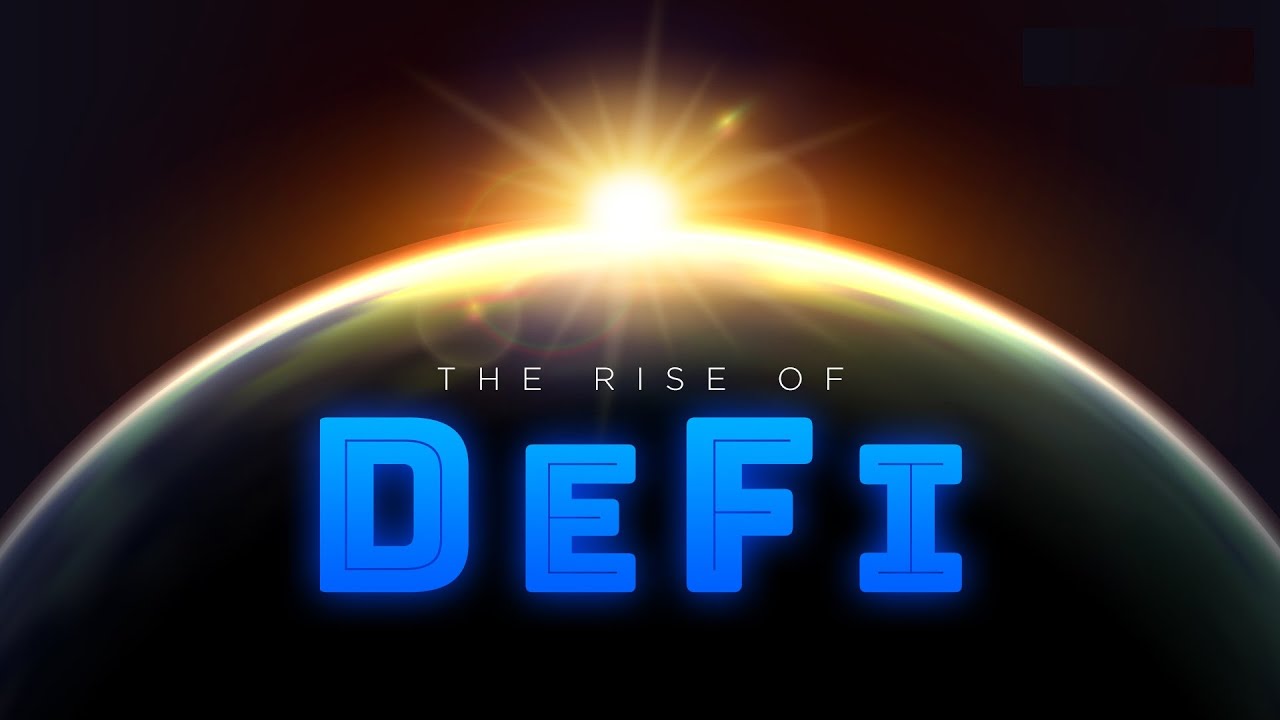DeFi Needs Cutting Edge Technologies For A Safe And Secure Investment Experience
Several lucrative high interest earning opportunities across DeFi platforms have contributed to significant growth in the sector.
The DeFi sector is one of the fastest-growing areas in the crypto industry, with over $50 billion in assets locked into various DeFi protocols. The sector’s growth can largely be attributed to several lucrative high interest earning opportunities across different DeFi platforms. These platforms offer innovative financial services such as staking, yield farming, lending and borrowing which are made possible through blockchain technology.
The growing popularity of DeFi is due, in part, to the lack of intermediaries required. These platforms use smart contracts which power services such as lending protocols and DEXs without any human involvement.
However, since the technology is still fairly new and in its development stage, it occasionally has bugs or security vulnerabilities that could be exploited by developers and attackers. Along with more technological advancement and innovation comes greater risks; scammers look for ways to attack vulnerable users and platforms to capitalize on them and drain their crypto wallets.
Decentralisation is the key to DeFi, where users can interact directly with the protocol to conduct financial transactions using cutting-edge services. This often results in higher returns than traditional finance. However, without an intermediary, there is a lack of accountability which makes it difficult to establish investors’ rights and protect their funds as traditional financial institutions do.
Some aims of financial regulation might be safeguarding investors and other parties involved, creating market efficiency and accountability, promoting economic inclusion, raising capital funds, curbing criminal activity and maintaining financial stability.
There are certain developments and infrastructure support that is needed to help safeguard DeFi and make it prosper. It would be beneficial to identify common red flags within DeFi by creating certain security standards, while still maintaining the decentralization that makes this sector so special.
Some common methods that attackers use to take advantage of platforms and users include rug pulls, honeypots, phishing attacks, fake google ads, scam airdrops. These can be identified in several ways- for example, it’s fishy when most of the circulating supply is controlled by only a few wallets. You can check this information on blockchain explorers such as Etherscan (for Ethereum) by clicking on the “Holders” tab of the token contract.
You don’t have to understand programming languages or read through smart contract code to stay safe. In the market today, there are free tools available that can automate audits of token contracts and check for malicious codes. Even though they’re not perfect, these kinds of tools provide a great starting point when you want to do your due diligence on DeFi protocols.
On-chain AI could take the place of off-chain third-party providers to power data exchange between infrastructure and users. Building chains that are fully autonomous would be possible with the help of smart contracts that have been self-taught by AI.
Many criminals exploit signature verification or manipulate trading pairs, making flash loan vulnerabilities quite common. As an investor, you should always do your research before using any platform; only use ones that have conducted constant audit checks. You should also be able to access these audits on the company’s website so that you can review them and make sure they meet your standards.
A lack of standardization is preventing the DeFi industry from achieving further growth. Although there are many protocols and networks, they operate without any standardized rules that everyone must follow. This makes it difficult to upgrade or implement new features without also breaking other parts of the system– leading to a haphazard state of development. To fix this problem, blockchain companies should collaborate with standard-setting bodies (like ISO and UN/CEFACT) to establish some much-needed industry standards.
One of the main issues holding back DeFi from reaching its full potential is the lack of laws and regulations to manage risks. There need to be policies in place to handle cross-jurisdictional disputes, KYC and AML compliance, digital identity and background checks. Policymakers should act together across countries to come up with rules that will fix these problems in the DeFi industry.
If a platform wants to find bugs earlier, they can use static analysis tools that are designed to scan contracts for possible vulnerabilities. The platforms should also have an emergency plan for their investors in case of conditions such as hacks, which could include getting insurance or installing a pause button feature. Insurance policies have become increasingly popular recently as they would provide a level of financial security without having to compromise decentralization.
Checking the team behind a project is usually more reliable, especially if the team members have public accounts with good reputations from previous successful projects.
To put it shortly, a fair share of the accountability lies with the DeFi platform heads to protect investors by putting security measures and standards in place to stop attacks and exploits. The platforms should do real-time analysis, monitoring, and testing ofprotocol or app traffic and have a strategyto sort out exploitsand notify investors beforehand, constantly coaching them on how they can stay safe by adhering to a set of regulationsand security measures, as well as keepinga rescue planon standby.
